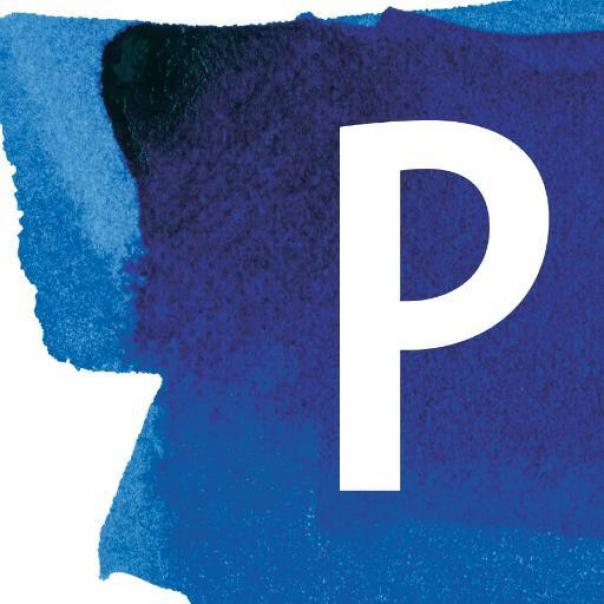
That’s the view of Prestige Purchasing, which has partnered with CGA Strategy to produce a new price index (the Foodservice Price Index or FPI) that exposes the fact that the level of food deflation within CPI has not been replicated by suppliers to caterers. The CPI Food number is -3.1% in 2015, an unprecedented reduction of prices in recent memory. Prestige’s new FPI analysis has however shown that wholesale food prices for caterers have only reduced by 1.0%
Says Prestige: “Groups like Tesco and Morrison have been pressured by discounter to cut prices to stimulate demand in their large and relatively expensive store assets. No such pressure has existed in Foodservice supply markets. Indeed the opposite is becoming the case, where the larger wholesalers are now becoming highly selective about which customers they serve and when they take them on.
“In the far more fragmented Foodservice sector there are far more small and medium sized businesses, many of which have no procurement function, or perhaps a single person with responsibility for purchasing.”
Overall, Prestige Purchasing forecasts that 2016 will see food inflation rise slightly to 0%, with soft drinks returning to inflation at 0.5%, while prices for alcoholic beverages continue to fall with deflation at -1.0%. This follows on from 2015, where food inflation has remained negative for the second year running.
The largest price movements in 2015 have been in the fish (5.9% up) and dairy (4.7% down), with notable movements downward in meat and oils & fats.
Explaining the reasons behind the rise and fall in these categories, David Read, chief executive of Prestige Purchasing commented:“The outlook for food inflation in the year ahead is likely to be relatively benign. However, operators should remain cautious of the significant risks present, which might change the picture dramatically.
"For example, it’s quite possible that the planned EU referendum could be held during 2016, which, if negative on EU membership, could trigger substantial movement in exchange rates, with a resultant impact on food prices. Operators would do well to ensure that they are kept informed and work hard to seek out any signals that could radically alter future prices”.